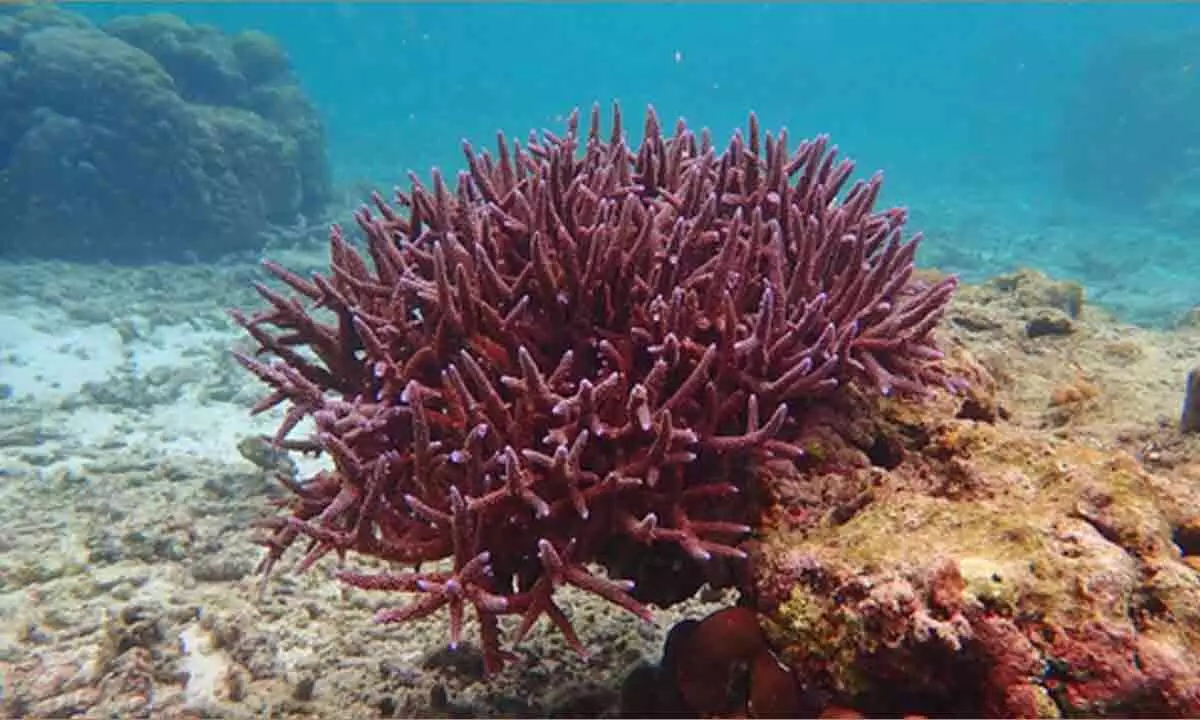Live
- Anantha Lakshmi Int’l School celebrates Sankranti
- Mukkoti Ekadasi observed with religious fervour
- Officials instructed to solve land issues at once
- Alyssa Healy ready to keep wickets for Australia in Ashes series opener
- Illegal sand mining intensifies along Tungabhadra river
- Rain lashes part of Rajasthan, more in store today
- Kerala parents can now monitor their child's academic progress in state-run schools
- IT sector stands out in challenging week for Indian equities
- DTO warns private buses against excess fare
- Mukkoti Ekadasi festivities on a grand scale








